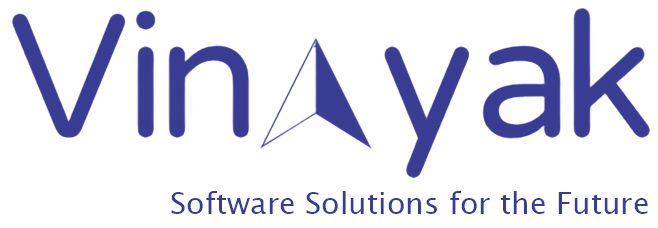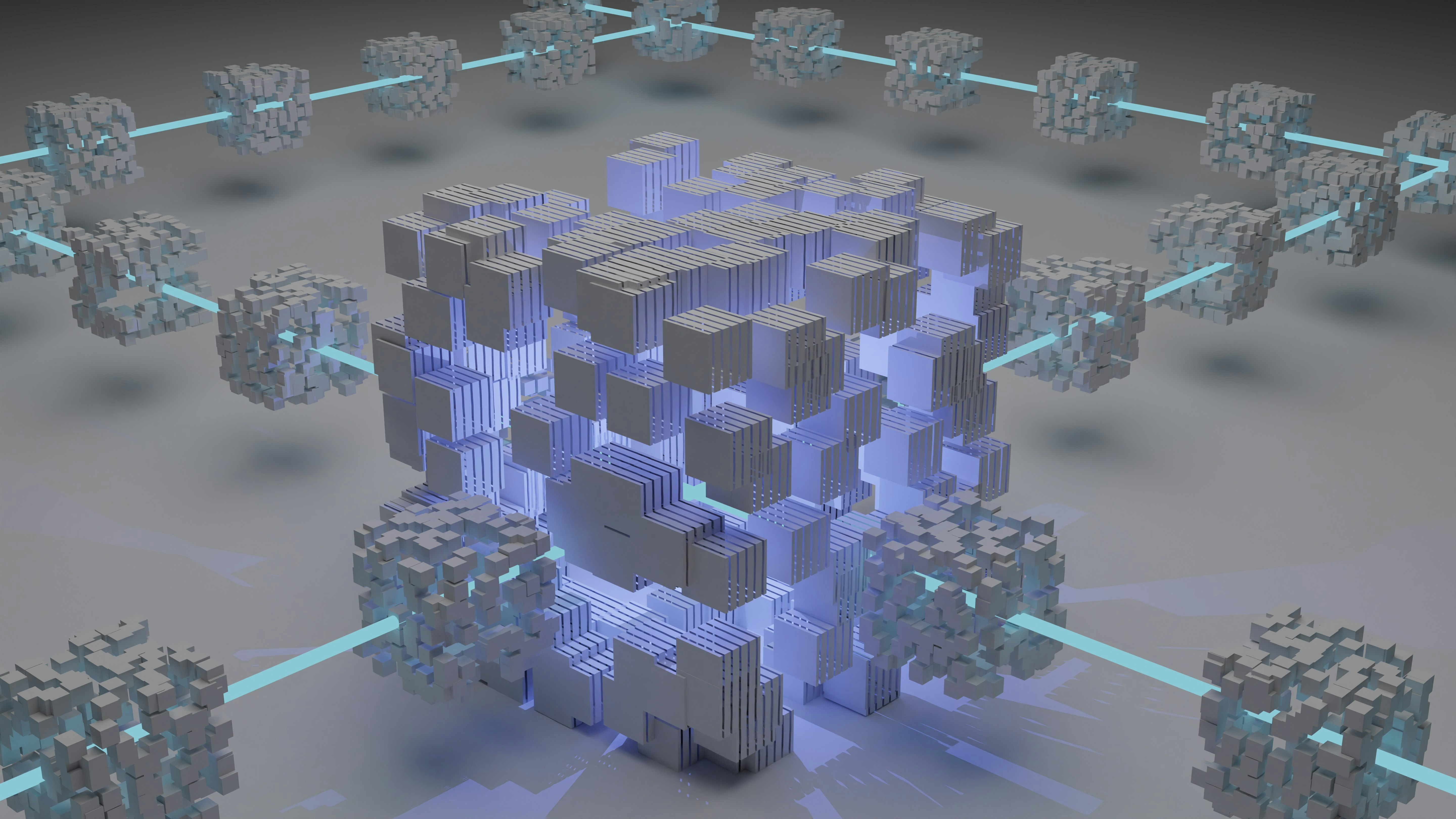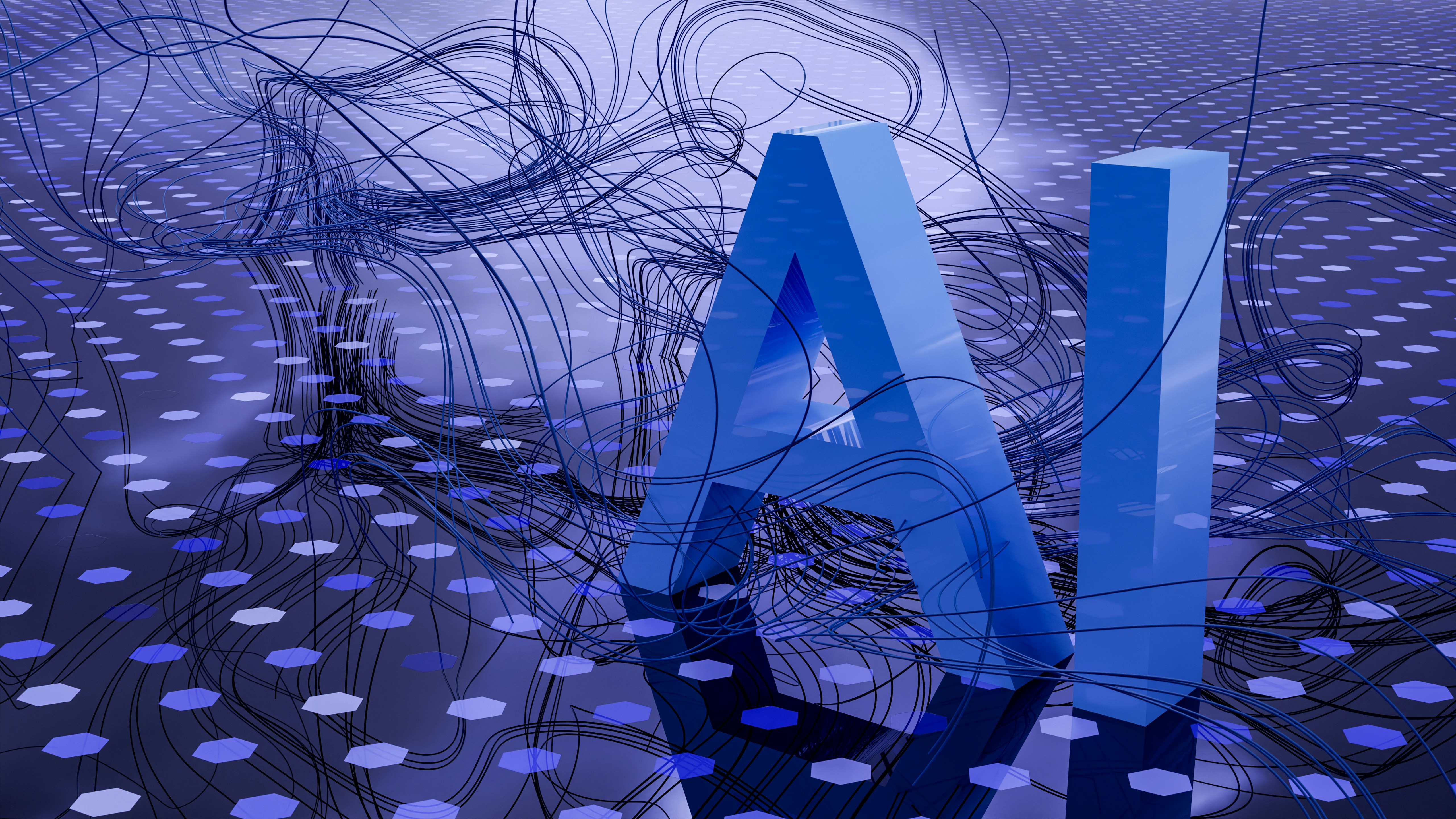Introduction
Web3 represents the next evolution of the internet, promising a more decentralized, transparent, and user-centric digital ecosystem. As we move towards this new paradigm, developers need to understand the fundamental concepts and tools that power Web3 applications.
What is Web3?
Web3 is the decentralized web, built on blockchain technology and centered around principles of ownership, transparency, and peer-to-peer interactions. Unlike Web2, which relies on centralized platforms and data storage, Web3 empowers users to own their data and digital assets.
Key Characteristics of Web3
- •
Decentralization
No central authority controls the network
- •
Trustless
System works without requiring trust between parties
- •
Permissionless
Anyone can participate without authorization
Key Components
Blockchain
The foundational technology that enables decentralized data storage and verification.
Smart Contracts
Self-executing contracts with terms directly written into code.
Wallets
Digital tools for managing cryptocurrencies and accessing dApps.
dApps
Decentralized applications that run on blockchain networks.
Blockchain Basics
Understanding blockchain technology is fundamental to Web3 development. A blockchain is a distributed ledger that records transactions across a network of computers.
Core Blockchain Concepts
Blocks
Collections of transactions grouped together
Consensus
Agreement mechanism between network participants
Cryptography
Ensures security and immutability of data
Mining/Validation
Process of adding new blocks to the chain
Smart Contracts
Smart contracts are self-executing contracts with the terms directly written into code. They are a fundamental building block of Web3 applications.
Example Smart Contract
// SPDX-License-Identifier: MIT
pragma solidity ^0.8.0;
contract SimpleStorage {
uint256 private value;
function setValue(uint256 _value) public {
value = _value;
}
function getValue() public view returns (uint256) {
return value;
}
}Development Tools
Web3 development requires specific tools and frameworks. Here are some essential tools you'll need:
Frameworks
- • Hardhat
- • Truffle
- • Web3.js
- • Ethers.js
Testing
- • Ganache
- • Waffle
- • Chai
- • Mocha
IDEs
- • Remix
- • VS Code
- • Atom
- • Sublime
Future Trends
The Web3 ecosystem is rapidly evolving. Here are some trends shaping the future:
Layer 2 Scaling
Solutions for improving blockchain scalability and reducing transaction costs
Cross-Chain Interoperability
Protocols enabling communication between different blockchain networks
Zero-Knowledge Proofs
Advanced cryptographic techniques for enhanced privacy and scalability
Conclusion
Web3 development is revolutionizing how we build and interact with applications. By understanding these fundamental concepts and staying updated with the latest tools and trends, you'll be well-equipped to contribute to the decentralized future of the internet.



